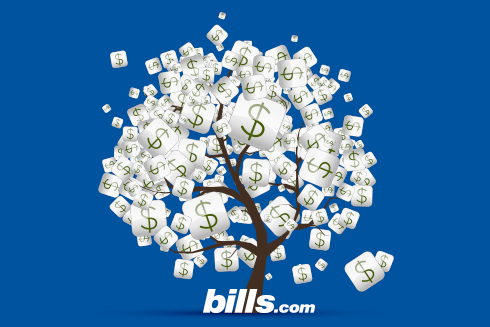If I get a $87,000 HELOC at 5.75%, what will my monthly payment be?
I am trying to figure the monthly payment of a HELOC. Total HELOC loan = $87k, 5.75% interest I want to take the full amount of $87k all at once and I would like to lock into a rate immediately for the full $87K. What will the loan period be and what is the monthly payment?
Allow me to define several terms and describe the financial landscape as I see it in 2010 before I discuss the facts in your question.
HELOC defined
A Home Equity Line of Credit (HELOC) is akin to a credit card secured by property. Because a HELOC Is secured by the property it is consider a form of mortgage. HELOCs are used most often by homeowners who use HELOCs for major costly items such as education, home improvements, or medical bills. No money changes hands until the borrower draws on the HELOC. A lender will use a similar analysis to a first mortgage when deciding whether to open a HELOC with a homeowner. A lender will review the potential borrower's credit score, debt-to-income ratio, employment history, and the loan-to-value ratio of the property. A lender will not do business with a homeowner if he or she is a negative outlier in one of these key criteria.
The life of a Home Equity Line of Credit is split into two periods: draw and repayment. The draw period is a span of time (usually five to 10 years) during which the borrower may withdraw money from his or her home equity line of credit. The repayment period is the span of time during which the borrower must pay back the money withdrawn from his her HELOC, which is usually 10 to 20 years.
The HELOC market has changed significantly over the last 10 years. In the 1990s and early 2000s, it was relatively easy for a homeowner to get a HELOC because home values where rising and there was a collective expectation — or delusion — that the increase would never end.
As I write these words in mid 2010, there are not many competitive HELOC products available today, especially if the combined loan to value (LTV) is high. Home equity loans and HELOCs with low rates are for adjustable-rate loans, and it is my opinion that as the economy improves we may see inflation. As inflation rises, the adjustable-rate loan rate will reset upward. This will put adjustable-rate HELOC borrowers in a difficult spot as they see their monthly payments increase. You can find fixed-rate HELOCs. However, the typical rate for these loans is around 6.5%.
Your question
Unfortunately, you did not mention three crucial variables in your message: A) The value of the home; B) How much you owe on the first mortgage; C) The terms of the Home Equity Line of Credit.
Let me assume for the sake of argument that your LTV is far less than 100%. In other words, let us assume you have far more equity in the property than $87,000. We will also assume you have a good credit history and a stable income. However, we do not know what draw period is written into the loan, or what the length of the repayment term will be.
Assuming for the sake of argument that the draw period is one day, and, as you mentioned, you took the entire $87,000 on that day, and that the repayment period is 10 years, the monthly payment will be $955. If the repayment period is 20 years the monthly payment will be about $611.
Recommendation
Rates on first-mortgage refinances are the lowest in recent history. If you have at least 20% equity after accounting for the additional cash you want to take out, and have good credit, then a first-mortgage cash-out refinance may be a smarter choice than a home equity loan, or a HELOC. This would be an especially wise choice for you because you want the entire $87,000 in a lump-sum.
To shop for mortgage refinance, visit the Bills.com mortgage refinance savings center, where you will get up to four no-cost quotes from pre-screened lenders.
I hope this information helps you Find. Learn & Save.
Best,
Bill
